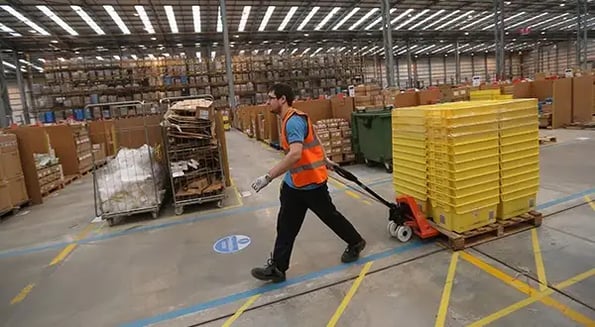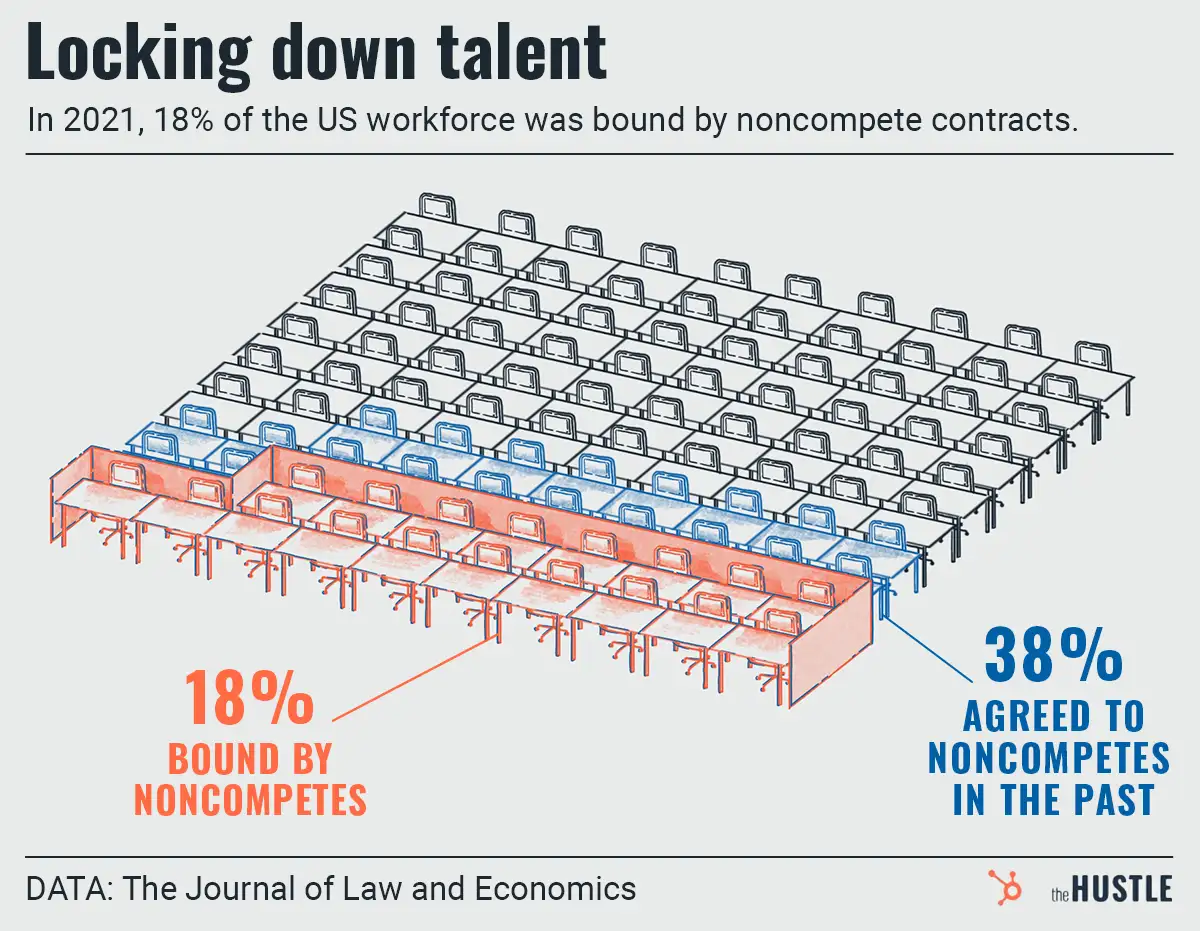Photo: Oli Scarff/Getty Images

An Amazon warehouse doesn’t exactly seem like an ideal spot to meditate or bliss out, but the ecommerce giant is trying to make it happen.
Amazon is rolling out WorkingWell, a program that it hopes will slash its incidence rate — an Occupational Safety and Health Administration (OSHA) metric to compare and evaluate safety — in half by 2025.
The announcement follows a recent Amazon union drive, which saw the ecommerce giant prevail but also raised questions over the company’s campaigning tactics.
WorkingWell is part of a $300m investment in employee safety
About 40% of Amazon injuries are musculoskeletal disorders (MSDs), which are sprains and strains caused by repetitive motions.
Per CNBC, WorkingWell includes:
- Daily “Health & Safety Huddles” with interactive videos
- Hourly prompts to do short physical and mental activities
- Healthy food options, like fruit and granola bars
- “AmaZen” kiosks with guided meditations, positive affirmations, and calming videos
- Wellness Centers staffed with injury prevention specialists
Amazon’s been piloting it since 2019, and it’s already in effect at 350 sites in North America and Europe. By the end of 2021, it will be rolled out to all US sites.
Amazon’s been criticized over safety before
Several not-so-AmaZen reports in the media have highlighted huge issues:
- The Atlantic discovered that the breakneck pace required to meet quotas was causing injury.
- Reveal highlighted that warehouse robots only make things worse by moving at speeds impossible for humans to match.
- The Information found that Amazon’s trucking ambitions have led to 50 serious crashes over the past 3 years.
According to CNBC, big safety overhauls are possible: The OSHA says companies that implement solid safety management systems can see a 52% decrease in injury rates.
For all involved, that would be a prime outcome.










